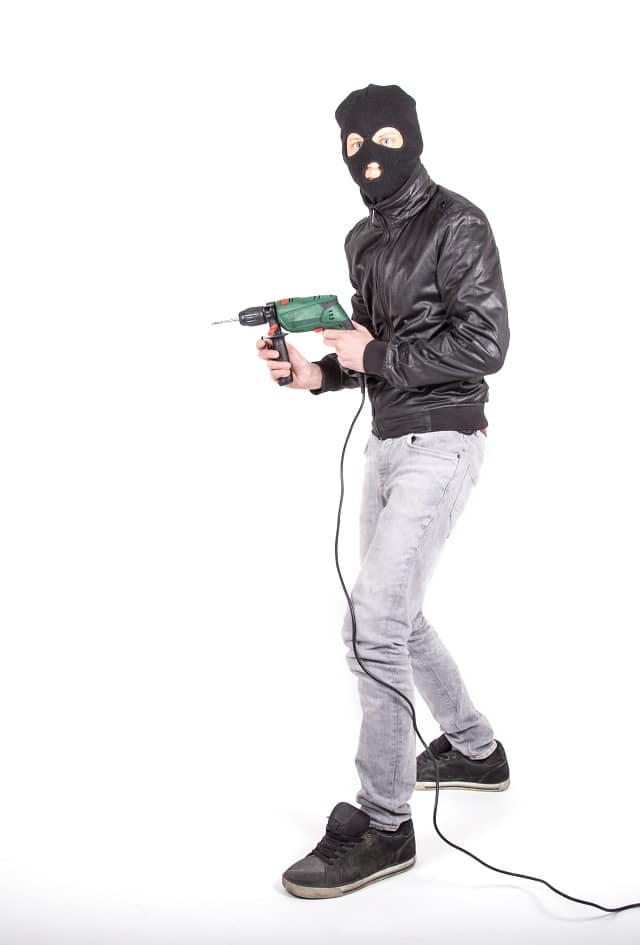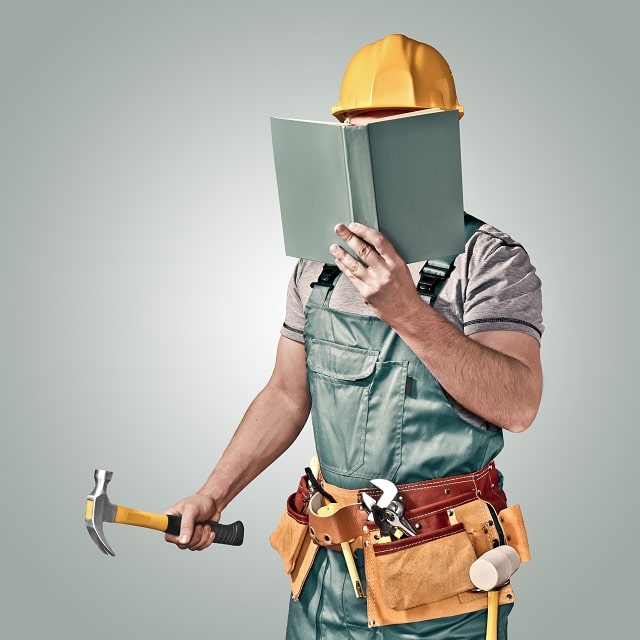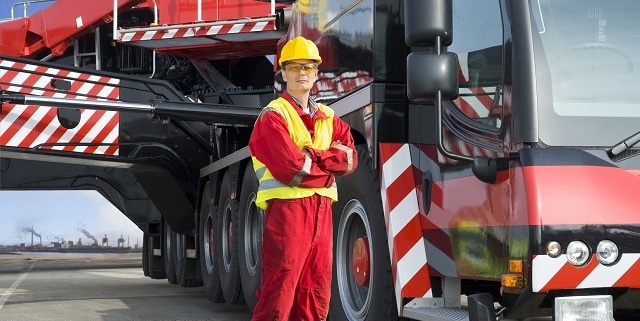There’s Never an Easy Way
We’ve all cut corners before, skipped a step or rushed through a task. For whatever reason, maybe you’ve done it that way for 15 years, maybe you’re in a hurry or let’s be honest… maybe your just being lazy? Whatever the reason; there is never an “easy way”. It may seem easy at the time but it will catch up to you. Taking a trip down easy street can put everyone at unnecessary risk. There is a reason you are asked to do a task a certain way. For example; you’re asked to tighten a flange bolt and you only hand tighten it and not even in sequence because you are rushing to get to break. Well, you took the easy road but for the employee who’s standing anywhere near that pipe when it’s put under pressure, things will be anything but easy… if they even survive. If it seems easy at the time, there will be a price to pay later. It’s so important to do all our tasks properly; every time. Take pride in your work and your safety.










